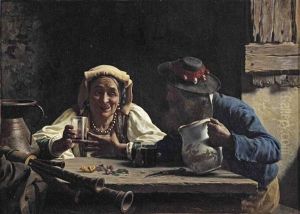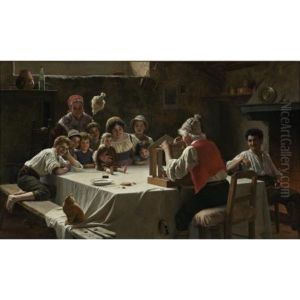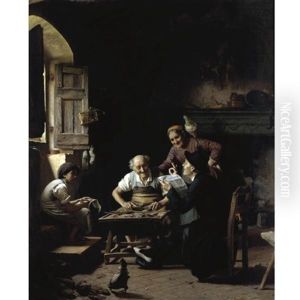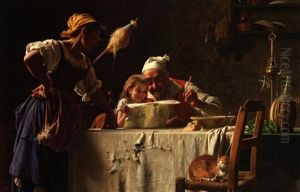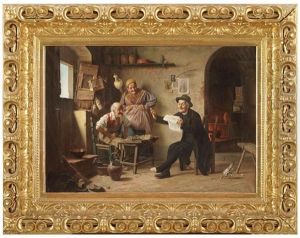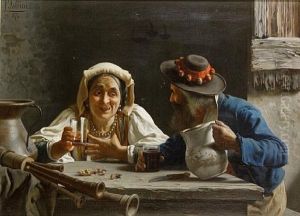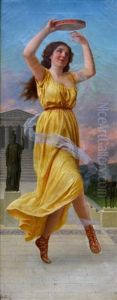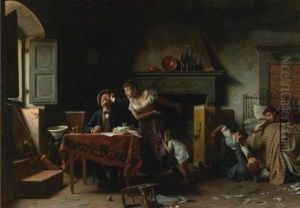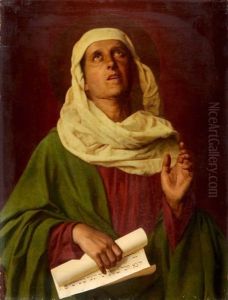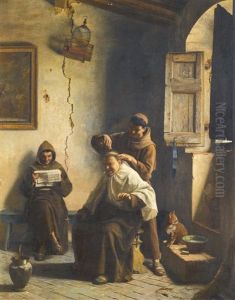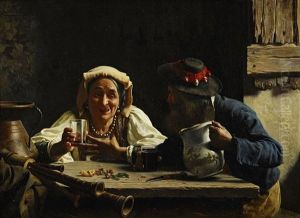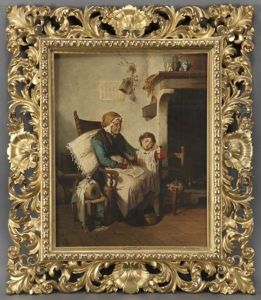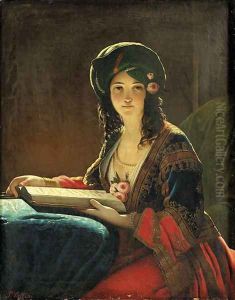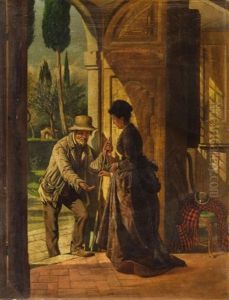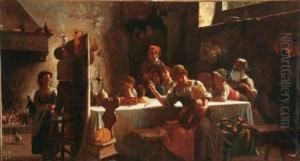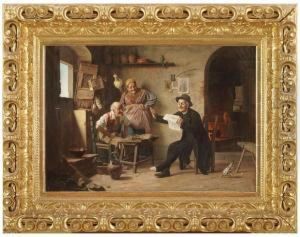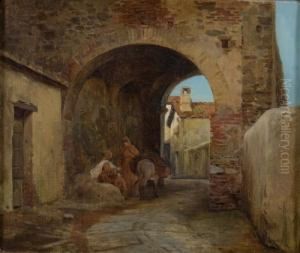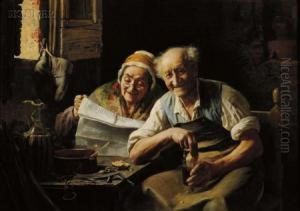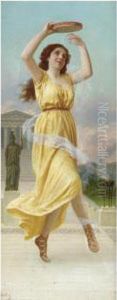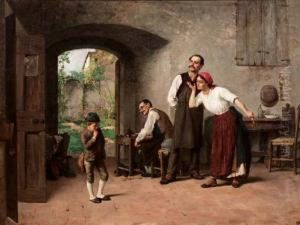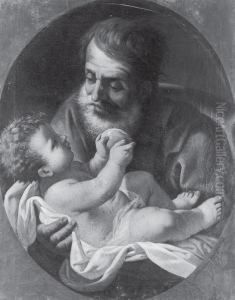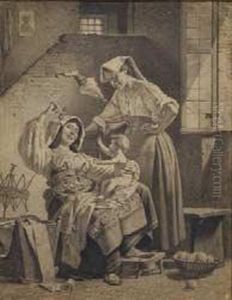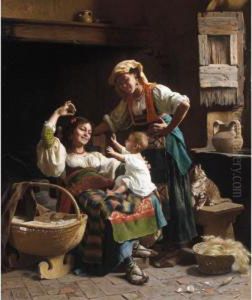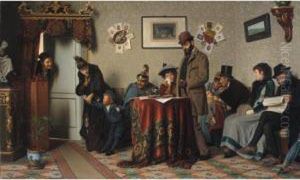Pietro Saltini Paintings
Pietro Saltini was an Italian painter, born in 1846 in Reggio Emilia, Italy. He is primarily known for his landscape and genre painting, capturing the rural life and scenery of Italy in the 19th century with a particular focus on agricultural subjects. Saltini studied at the Academy of Fine Arts in Modena and later in Florence, where he was influenced by the Macchiaioli group, a movement that preceded the impressionists in France and emphasized painting outdoors to capture the fleeting effects of light and atmosphere.
During his early career, Saltini exhibited his works in various Italian cities, earning acclaim for his ability to depict the Italian countryside with a naturalistic approach. His paintings often featured peasants and farmers, reflecting his interest in the lives of the working class and their connection with the land. He was also known for his detailed studies of plants and animals, which he incorporated into his larger compositions with great skill.
Saltini's work was well-received during his lifetime, and he participated in important exhibitions, such as the National Exhibition in Naples in 1877, where his work was showcased alongside other prominent Italian artists. Despite his success, he remained committed to his roots in Reggio Emilia and the surrounding countryside, which continued to inspire his art throughout his career.
Pietro Saltini's contributions to Italian art were recognized by his contemporaries, and his paintings are now held in various Italian museums and private collections. His dedication to capturing the essence of rural Italy has left a lasting impression on the genre of landscape painting in his country. Saltini passed away in 1908, leaving behind a legacy of work that continues to be appreciated for its authenticity and beauty.
